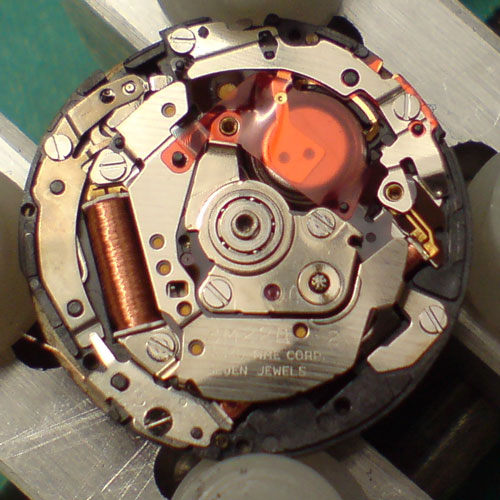
Smartwatches And On-Board Charging Solutions
Another aspect, and one which I believe all smartwatches should have from now on, is the capacity to convert activity into energy. The unhealthy obsession of slimming down every iteration of an iDevice means that simpler technology such as a kinetic capacitor is ignored, and these smartwatches with their extremely small battery life are crying out for it. This is 2015. I owned a watch with solar tech in 1985.
- Your “watch with solar tech” from 1985 couldn’t power a modern smartwatch display for more than 15 seconds.
- My watch with solar tech from 2014 couldn’t power a modern smartwatch display for more than 30 seconds.
- A kinetic capacitor utilizing available (or foreseeably available) technology — suitably sized to fit unobtrusively inside a wrist-worn device — couldn’t power a modern smartwatch for any time at all. Ever seen an emergency flashlight or a hand-crank radio? Here’s a relevant link to set you straight.
- Piezoelectric solutions might generate some tiny bit of power if you need to check one last Glance in emergency mode, but you’ll have to remember to wear your special Apple Watch battery insoles.
- Last but not least, the battery issue itself is nonexistent in modern smartwatches.
Now, all that said, it is remotely possible that, sometime in the not-too-near future, Apple Watch will have a sort of combination of all the above charging methods in place, working in tandem to get the user 10-15 minutes of low-power, phone/text use only. I can imaging a solar overlay on its display, kinetic chargers riding inside the Taptic Engine, the Digital Crown acting as a battery charging hand crank (one hour of spin for 20 seconds of use!) and Force Touch using piezoelectric methods to add a trickle to the reserve. Obviously, all that’s a stretch, and the culmination represents quite a bit of space-hogging complexity for an almost nothing payoff.
Additionally, should such tech make its way to mobile, it’ll be better utilized on smartphones (particularly re: solar), but even that — with modern hardware developments — seems pretty unlikely to have any measurable effect. We might get a breakthrough there around the same time Tesla stops using AA battery banks in its futuremobiles.
If you want extra battery life for your smartwatch, get a charging strap. If you want to save $240, get a car charger or extra wall plug. If you can bump your budget up to about $15, pick up a portable lipstick-sized 3200mAh charger and call it a couple of days.
You know why? Because no smartwatch any time soon is going to have an on-board battery-charging solution that works for the power-hungry electronics involved. These things aren’t three-function Casio LCDs or giant, monochromatic Suuntos. In the case of Apple Watch, it is a Wi-Fi enabled, constantly-connected Bluetooth computer with a bright, vivid, high-pixel touchscreen display, a rumble motor, a four-LED heart rate monitor, a speaker, a microphone, and more. A Citizen-style cheap swinging pendulum or tiny solar overlay won’t make Siri — or Apple’s engineer team — budge.
I too want Apple Watch to be better, but I like to think I keep it within reason. There’s plenty to complain about without asking for obvious nonsense.